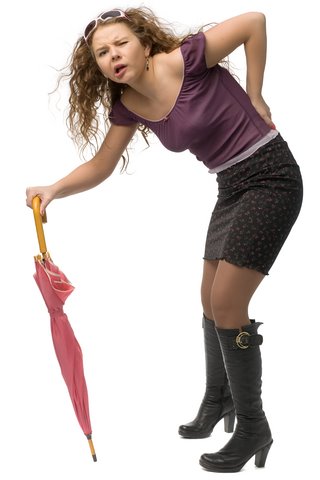This article is from acufinder.com
By: Diane Joswick, L.Ac., MSOM
Arthritis is one of the most pervasive diseases in the United States and is the leading cause of disability. According to the Centers for Disease Control and Prevention one out of every three Americans (an estimated 70 million people) is affected.
For most people arthritis pain and inflammation cannot be avoided as the body ages. In fact, most people over the age of 50 show some signs of arthritis. Joints naturally degenerate over time. Fortunately, arthritis can often be managed Acupuncture and Oriental Medicine.
What is Arthritis?
Arthritis isn’t just 1 disease; it’s a complex disorder that comprises more than 100 distinct conditions and can affect people at any stage of life. Two of the most common forms are osteoarthritis and rheumatoid arthritis. While these 2 forms of arthritis have very different causes, risk factors, and effects on the body, they often share a common symptom—persistent joint pain.
Osteoarthritis (OA) is the most common form of arthritis in the United States, affecting an estimated 21 million adults. OA begins with the breakdown of joint cartilage, resulting in pain and stiffness. OA commonly affects the joints of the fingers, knees, hips, and spine. Other joints affected less frequently include the wrists, elbows, shoulders, and ankles. When OA is found in a less frequently affected joint, there is usually a history of injury or unusual stress to that joint. Work-related repetitive injury and physical trauma may contribute to the development of OA. If you have a strenuous job that requires repetitive bending, kneeling, or squatting, for example, you may be at high risk for OA of the knee.
Rheumatoid arthritis (RA) can affect many different joints and, in some people, other parts of the body as well, including the blood, the lungs, and the heart. Inflammation of the joint lining, called the synovium, can cause pain, stiffness, swelling, warmth, and redness. The affected joint may also lose its shape, resulting in loss of normal movement. RA can last a long time and can be a disease of flares (active symptoms) and remissions (few to no symptoms).
Diagnosis and Treatment of Arthritis with Acupuncture and Oriental Medicine
According to Chinese medical theory, arthritis arises when the cyclical flow of Qi in the meridians becomes blocked. This blockage is called, “bi” type pain and is widely studies and successfully treated using a combination of acupuncture and/or Chinese herbs.
Acupuncture and Oriental Medicine have been found to be extremely effective at treating the pain and inflammation associated with all types of arthritis. The acupuncture points and herbs that are used depend on if the blockage of Qi (arthritis) is caused by the pathogen wind, cold, damp or damp-heat.Traditional Chinese Medicine does not recognize arthritis as one particular syndrome. Instead, it aims to treat the specific symptoms that are unique to each individual using a variety of techniques such as acupuncture, Chinese herbs, bodywork, lifestyle/dietary recommendations and energetic exercises to restore imbalances found in the body. Therefore, if 10 patients are treated with Oriental medicine for joint pain, each of these 10 patients will receive a unique, customized treatment with different acupuncture points, different herbs and different lifestyle and diet recommendations.
Your acupuncturist will examine you, take a look at the onset of your condition and learn your signs and symptoms to determine your Chinese diagnosis and choose the appropriate acupuncture points and treatment plan.
The Acupuncture Treatment
Acupuncture points to treat Arthritis are located all over the body, not just directly over the affected area. During the acupuncture treatment, tiny needles could be placed along your legs, arms, shoulders, and perhaps even your little toe!
There seems to be little sensitivity to the insertion of acupuncture needles. They are so thin that several acupuncture needles can go into the middle of a hypodermic needle. Occasionally, there is a brief moment of discomfort as the needle penetrates the skin, but once the needles are in place, most people relax and even fall asleep for the duration of the treatment.
The length, number and frequency of treatments will vary. Typical treatments last from five to 30 minutes, with the patient being treated one or two times a week. Some symptoms are relieved after the first treatment, while more severe or chronic ailments often require multiple treatments.


